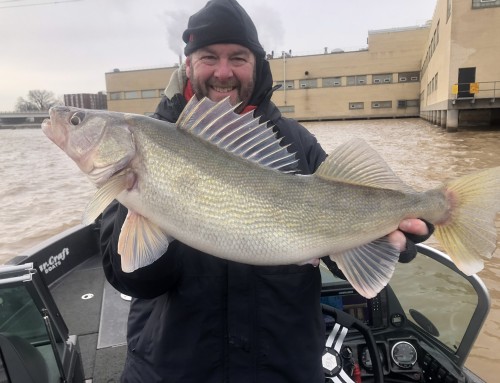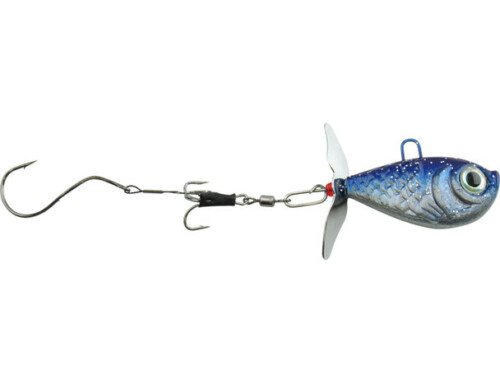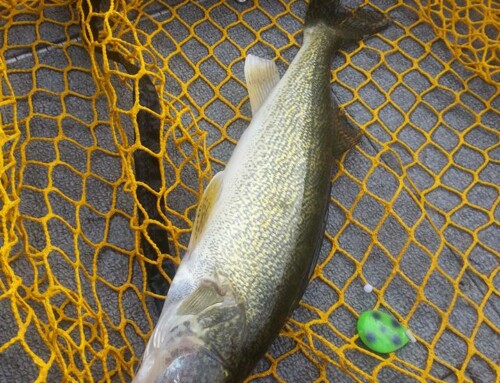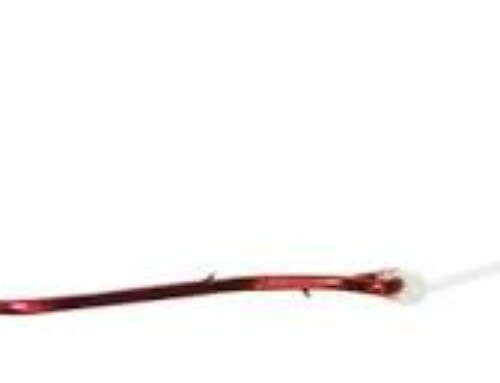Post-spawn walleye fishing can be very challenging, but taking an educated approach can produce impressive results. The first thing to understand is that not all walleyes spawn at the same time or in the same place. The first weeks of what is considered the post-spawn period include fish that spawned several weeks ago and others that just completed the spawn cycle.
The first component of post-spawn is movement. Many females will return many miles to their summer haunts almost immediately after spawning. Males tend to stay a little longer in the spawning areas in hopes that some late arriving females will show up for a party. Once the long trip home has been completed, the ‘eyes fall into another phase of post-spawn.
Think back to the last time you had the stomach flu–as you recovered, your body was not calling for an all-you-can eat buffet for your first meal but instead maybe some soup or a slice of toast. The same holds true for a post-spawn walleye. After days of fasting during the spawn, the walleyes now take several days or weeks to recover from the beating they took during the spawn. As the walleye begin to feed again, they do not gorge themselves but rather grab smaller meals. During this time frame, smaller bait presentations are a must.
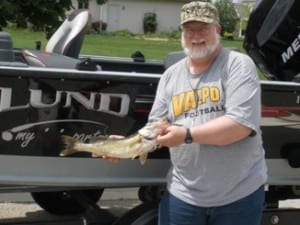 During the spawn the walleyes are schooled tightly together and are predictable in their location. As the post-spawn era begins, these fish tend to scatter. Typically, they are seeking warmth, protection and an occasional easy meal. Many times these fish will move shallow in lakes or seek deep holes protected from current in the river systems.
During the spawn the walleyes are schooled tightly together and are predictable in their location. As the post-spawn era begins, these fish tend to scatter. Typically, they are seeking warmth, protection and an occasional easy meal. Many times these fish will move shallow in lakes or seek deep holes protected from current in the river systems.
As mentioned before, warmth is a key component in post spawn. Rip rap with water flow will warm fast, as the sun heats the rocks and the rocks in turn heat the water. Shallow flats also warm faster than deeper water. Wood will usually hold fish also. The timber is also a “heater” of sort. In large lakes look to the northern shores of lake as it typically offers the warmest water temperatures during this period. The warm water areas will also produce the first weed growths of the year offering protection and bait fish.
Key presentations during this period are trolling small crank baits, bottom bouncers, and drift jigging. Remember that the fish are commonly scattered, and all of the above presentations allow for covering key locations quickly. Shallow water is also an area to explore in depth. If you are lucky enough to find a school of fish, it may be better to anchor up on the school and cast jigs, cast cranks, or run slip bobbers on their location. In river system, focus on any type of current break.
Live bait selections also start to change. Standard minnows and a jig are still very productive but as the water warms, using leeches is more productive. In the northern states, the first heavy rain of the spring which produces streets full of worms is a key signal to make the change to crawlers also. These crawlers get flushed into the river and lake systems and become a staple for the walleyes diet. Unfortunately, fishing becomes very slow for a few days after all this food is flushed into the system. In many cases the bait fish population has been depleted throughout the winter and spring, and the young of the year is not large enough to be a viable food source just yet.
Post-spawn walleyes can be challenging. At the end of the post-spawn period the most active feeding of year ensues for walleyes. Hang on tight, those big fish are just a cast away.

